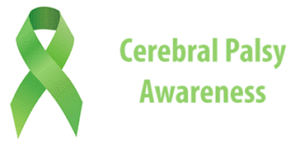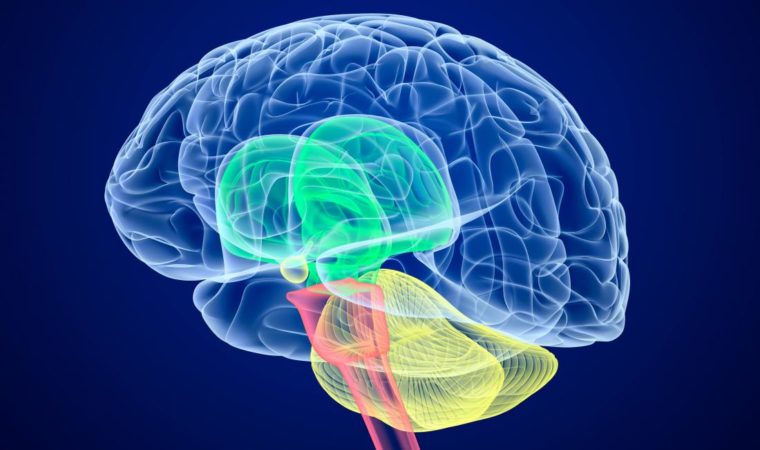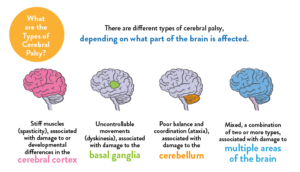Written by Carly Verbeke:
If we lived in a world where everything went as planned, I would have been born on January 14, 1996. Instead, my twin and I were delivered two months early. He was breached – causing trouble from day one, I suppose. The procedure that followed led to my brain not getting enough oxygen, leaving permanent scarring and a diagnosis of Cerebral Palsy. When my parents received the official diagnosis for me, my mom asked the surgeon if they could just take out the part of my brain that was scarred, so that maybe I wouldn’t have to live with the cerebral palsy. The surgeon told her that it had never been done before, and asked if she wanted her daughter to be the first one. Like any sane parent, my mom said no. Truth be told, though, I resented her a long time for making that decision. My logic was always that we could have either found the cure for cerebral palsy, or found out that such a procedure wouldn’t work. Either way, in my head we would have won.
I don’t resent my mother anymore, for the record. I also don’t spend the entirety of January 14th fantasizing what my life would look like if I were born “healthy,” because the truth is that I would not be the same person—not even in the slightest—and I quite like who I am, and the way my life is going. Instead, I consider January my personal “Cerebral Palsy Awareness Month” (the National CP Awareness Month is in March, if you were curious.) In light of my personal awareness month, I wanted to share – and correct – some of my favorite common misconceptions surrounding cerebral palsy.
Cerebral Palsy is the same for everyone.
One of the most common responses that I get after sharing my diagnosis with someone is: “But you don’t look like you have The Palsy.” Aside from the fact that “The Palsy” feels very ominous and threatening, cerebral palsy is actually an umbrella term for a diverse group of neurological disorders that may involve very different symptoms. The four main types of cerebral palsy are: Spastic Cerebral Palsy, Athetoid Cerebral Palsy, Ataxic Cerebral Palsy, and Mixed Cerebral Palsy. As you could probably guess, each type of cerebral palsy has a wide range of symptoms and severities. For example, one child with spastic CP might have trouble controlling a single arm, while another child with the same condition may have quadriplegia with all four limbs severely affected.
Cerebral Palsy is a childhood disease.
The main problem with this conception is that it labels cerebral palsy as a disease. Cerebral palsy is not something that can be contracted through exposure to a virus or something similar. Rather, it is a disorder caused by abnormal brain development or damage that affects a person’s ability to control their muscles. Further, this conception insinuates that cerebral palsy is something people either grow out of in adulthood, or that they never make it to adulthood to begin with. In actuality, about 1 in every 323 adults are living with cerebral palsy today.
Cerebral Palsy is a progressive condition.
This misconception may come from the confusion of Cerebral Palsy with certain neurological disorders, such as Tay–Sachs disease, that are degenerative. Those disorders worsen as the patient gets older. In contrast, cerebral palsy symptoms do not generally increase in severity and instead may actually improve over time. Continued research into surgical options and other therapeutic strategies has made the latter scenario more common in recent years.
Children with Cerebral Palsy are intellectually disabled.
It is important to remember that, while it is a neurological disorder, Cerebral Palsy is fundamentally a proble
m with motor function. Still, as many as half of children with Cerebral Palsy also have some level of cognitive impairment. While this might range from very mild to severe intellectual disability, it is also extremely important to remember that the two don’t always go hand in hand. I do not have an intellectual disability, but another person with cerebral palsy might.

Cerebral Palsy is always caused by medical malpractice.
Cerebral palsy is caused by damage to the brain before, during, or shortly following a child’s birth. It could also be due to a condition that results in the brain failing to develop properly. This may be mediated by injury, inflammation, or a lack of oxygen. While it’s true that some cases of CP may be caused by medical malpractice, many are not.
COMMON CAUSES OF CEREBRAL PALSY INCLUDE:
- Serious maternal infection during pregnancy.
- Brain infections after birth, such as meningitis.
- Birth complications.
- Head trauma.
- Congenital disorders, such as heart defects and issues with blood clotting.
- Medication errors.
- Maternal substance abuse.
FACTORS THAT INCREASE THE RISK FOR CEREBRAL PALSY INCLUDE:
- Premature birth.
- Low birth weight.
- Multiple births (e.g., twins or triplets).
- Certain infertility treatments, which increase the chance of having multiple births.
- Maternal health conditions, such as seizures and thyroid disorders.
With all that being said, life with cerebral palsy is nothing short of difficult. However, there are resources available to help make existing with the disorder a bit easier. Some of these might include: Financial assistance for medical expenses, legal counseling for cases of suspected medical malpractice, or support groups that could offer advice and parenting tips or accessibility strategies.


